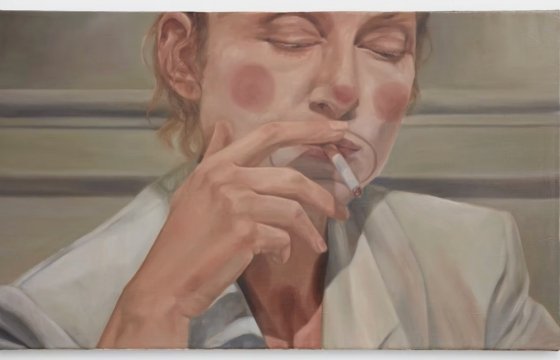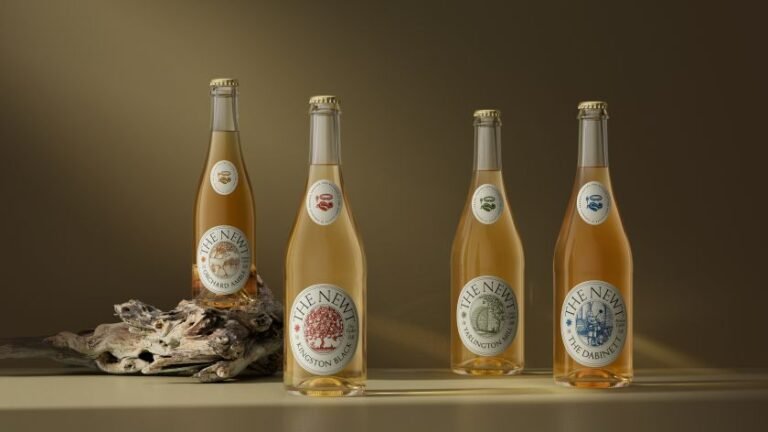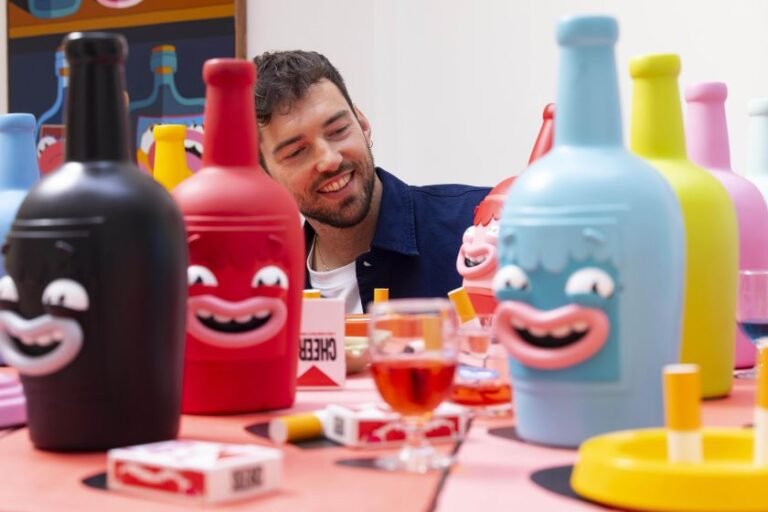

What’s the opposite of a white cube exhibition? Touch Jamaica, Rejin Leys’s show of paper sculptures set among the period props of a historic home, feels pretty close. The Queens-based Haitian-American artist creates mixed-media work that meditates on displacement due to the climate crisis, political shifts, and the legacy of colonialism. She is also known for the PulpMobile, a paper-making studio she wheels out to public spaces like parks and street fairs for community art-making. Both strains of her work come together in this exhibition featuring relief sculptures of local landmarks — the oldest tree in Jamaica, Queens, architectural details of defunct libraries and theaters — at the King Manor Museum, a historic house built by Rufus King, a United States founding father. Taken in this context, these paper works feel like the surface of the densely layered past that is our collective inheritance.
The King Manor Museum is currently only accessible via guided tours between noon and 4pm, Tuesdays through Saturdays. This creates a unique dynamic: There is no skimming through didactic information here; rather, a staff member — in my case, Hannah — leads you through, room by room. The house itself has been decorated to reflect various periods within its past — an 18th-century room on the first, 19th- on the second — making you feel that you are moving through time. History feels not only alive but in progress: The very person walking with you is currently researching the objects that surround you. It is their archival research that determined the decoration of the library (jaguar pelts, apparently, were all the rage in the 18th century); the reproductions of paintings on the walls (art history lovers will be excited to learn that John Trumbull and Gilbert Stuart painted family members); and, speaking of the anti-white cube, even the color of the paint (plaster painted to look like wood, an original marigold yellow the museum hopes to restore soon).

It’s fitting, then, that Leys works in paper, a medium so closely associated with archives and record-keeping. In the servants’ preparation room, beside antique muffin tins, dark glass jars, and a weathered wooden storage box, is a thick, pale blue paper sculpture imprinted with some of those very objects. Similar items are strewn around the gallery and the kitchen next door. Between two windows, in a darker blue paper patchwork set against a white wooden armature, for instance, is the imprint of what looks like an arched window with intricate ironwork. Around the corner, also set on a wooden armature, is a cobalt-blue work seemingly cast from a stone monument engraved with the years “1861” and “1865,” the date range of the Civil War.
Indeed, in this room, it’s impossible to forget that each of us carries a collective history, that no one exists within a vacuum. Hannah, my tour guide, pointed to reproductions of the food that would’ve been available to the house’s early residents: On one side, local items, such as a turkey and potatoes, and on the other, those produced or transported via the labor of enslaved people, such as sugar and lemons. Whereas a white cube induces you to suspend the broader context in favor of the here and now, Leys’s exhibition demands that you see these objects in relation to yourself and the larger world.

I found myself drawn to the formal beauty of the works: the square dimpling and ripped apertures of one piece, the white spatters that dot another midnight blue sculpture like stars. But I felt that I missed Leys’s intention to make present not just the deep past of the 18th and 19th centuries, as represented by this house, and the contemporary, through her objects, but also the many nested layers of history between them. A link included in the exhibition’s didactics takes a viewer to a map of the sites from which Leys drew these impressions, such as a former Queens Public Library, bank, and theater. This information was intellectually engaging, but didn’t penetrate my felt experience; perhaps a Jamaica local might recognize some of these places and be more deeply moved.
In this way, these works, intentionally or not, also speak to the failures of history — to all that is unrecorded, obscured, lost. Rather than a semi-porous membrane between past and present, they suggest something urgently trying, yet unable, to break through these hard paper surfaces. Still, that might just be the condition of this city, even this nation, encompassing all that history beneath our feet, and all we do to forget it.







Rejin Leys: Touch Jamaica continues at the King Manor Museum (150-03 Jamaica Avenue, Jamaica, Queens) through October 30. The exhibition was organized by the museum.


